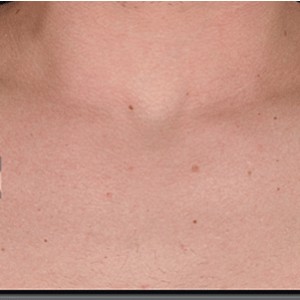 A reduction in the mortality rate of cutaneous malignant melanoma, the most lethal form of skin cancer, is on the horizon for light-skinned populations, a recent study published in the European Journal of Cancer reports.
A reduction in the mortality rate of cutaneous malignant melanoma, the most lethal form of skin cancer, is on the horizon for light-skinned populations, a recent study published in the European Journal of Cancer reports.
Strikingly, the researchers speculate that by 2050 and beyond, melanoma deaths in light-skinned populations may altogether vanish.
The study utilized age-period-cohort and time-trend modeling to analyze long term (1875-1995) melanoma mortality rates among seven regions in which the majority of the population is light-skinned. The researchers found that the mortality rate of melanoma increased from 1875 to a specific peak year, depending on geographic location, with the peak year of death in North America lingering between 1937-1943. Other geographical areas analyzed were Oceania (New Zealand and Australia) and several distinct areas of Europe (UK, Northern, Western, Central, and Southern). Interestingly, beyond each area’s peak year, the risk of melanoma death steadily reduced in successive generations.
The author’s results argue against advancements in treatment and screening as reasons for the reduction in melanoma mortality. Rather, they believe reductions in childhood UV exposure to be the major cause of the decrease in melanoma mortality rates in light-skinned populations over time. Therefore, variation in melanoma mortality rates can be attributed to changes, specifically reductions, in risk experienced by successive generations.
While current animal studies have shown that UV exposure poses greatest risk just after birth, widespread belief of health professionals in the early twentieth century indicated that excess exposure to sunlight positively impacted health. Furthermore, prior to 1960, many artificial UV devices emitted the full UV range, including the severely carcinogenic UVC. The researchers implicate a dramatic increase in UV exposure of young children and the “complete ignorance about the carcinogenic effects of UV radiation’ to be the foundation for the ‘temporary epidemic of fatal melanoma” that occurred between 1900-1960.
While the instance of melanoma mortality is expected to decrease over the next several years, this will be isolated to young and middle aged generations, as aging generations (those born around 1940-1960) still maintain a concentrated population characterized by having an increased chance of developing melanoma. However, by 2050, at which point current middle and younger aged populations will have advanced into the aging population, melanoma mortality in light-skinned populations is expected to become an “increasingly rare event.”


